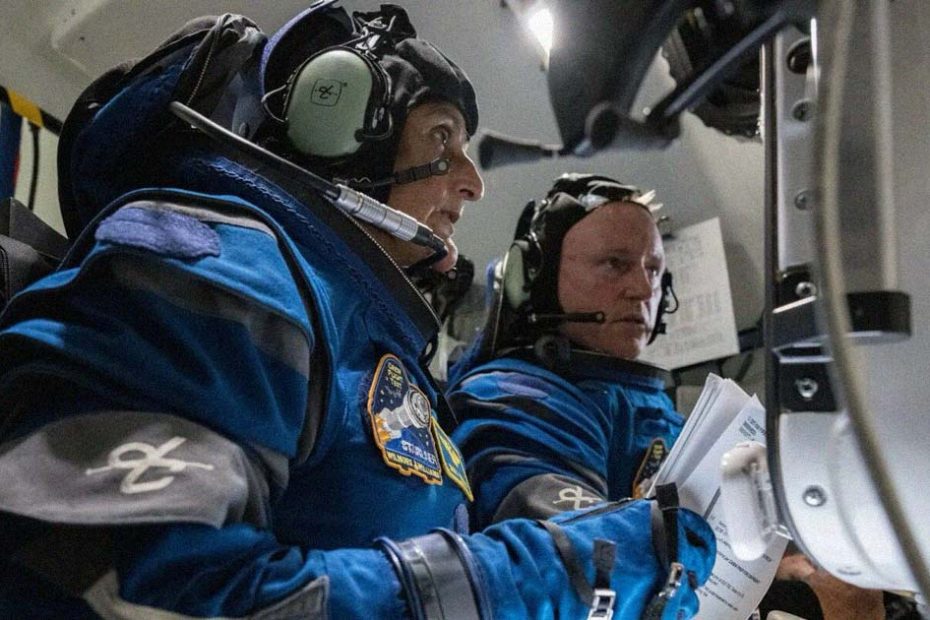NASA is still evaluating the risks associated with sending NASA astronauts Suni Williams and Butch Wilmore back to Earth, who have been stationed aboard the International Space Station since early June.
Their aircraft, Boeing's Starliner, is experiencing technical problems, forcing the space agency to come up with several contingency plans.
While NASA and Boeing maintain that Starliner is ready to ferry the two crew members to the surface in an emergency — despite the possibility of multiple thruster failures — even alternative ride-sharing options could expose Williams and Wilmore to significant risk.
For one thing, Starliner’s spacesuits aren’t compatible with those aboard SpaceX’s Crew Dragon spacecraft. That means that if the pair were to return aboard the SpaceX capsule currently docked with the space station, which is a rescue plan NASA is considering, they would be flying without suits, as NASA confirmed during a conference call last week — an unfortunate reality for the space agency that will likely play a role in its upcoming decision.
Although “launch and entry” or intravehicular (IVA) spacesuits, unlike extravehicular activity (EVA) suits, are worn on spacecraft as a precaution in case of loss of cabin pressure, they can still be life-saving if an emergency were to occur. They can also assist with temperature control and, in some cases, collect and relay data to the spacecraft's software.
The reason for the incompatibility between SpaceX and Boeing's suits is the nature of NASA's Commercial Crew program, which funded the development of both Boeing's Starliner and SpaceX's Crew Dragon spacecraft.
“For every era of spaceflight before the current era, NASA used a different model for acquiring spacecraft,” Swapna Krishna of the YouTube channel Ad Astra explained in a recent explainer video, adding that NASA was “intimately involved” in the entire process.
But with Commercial Crew, NASA gave its private partners the opportunity to “design and innovate, as long as the companies met NASA's overall requirements and safety standards and achieved specific milestones, including a successful crewed test flight,” Krishna explained.
However, the agency did not specify that the spacesuits had to be “cross-compatible.” That way, NASA “controls risk” by keeping the options as broad as possible, in case something goes wrong with one of them.
Boeing and SpaceX take completely different design approaches and therefore cannot simply be swapped for the other.
Even if Williams and Wilmore were to be loaded into an already fully staffed Crew-8 Crew Dragon, And They had suits ready somehow, Krishna explained, the capsule is only configured for four passengers, despite originally being designed for a crew of seven. That means their suits wouldn’t have any power outlets anywhere anyway.
Fortunately, NASA has an entirely different option to get the two astronauts back to the ground: SpaceX's upcoming Crew-9 mission, which could launch with just two crew members instead of four to make room for Williams and Wilmore, allowing them to return sometime in February.
In that case, the space agency could simply send two spare suits for both of them, which would be a much easier option.
Regardless of whether Williams and Wilmore return aboard the Crew-8 spacecraft or on SpaceX's next flight, it will likely still be painful to ditch Boeing's troubled Starliner.
The aerospace giant and NASA have invested billions of dollars in the development of the capsule. If the capsule were to return without passengers on board, it would be a major sign of distrust.
More about Starliner: Boeing official says he's not surprised Starliner astronauts are still stuck in space

